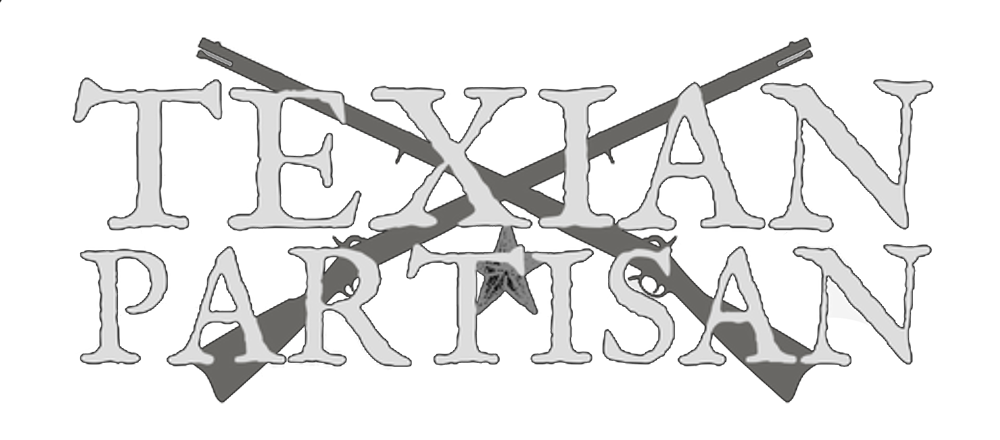The battle for Texas independence extends far beyond the halls of the state capitol or grassroots political organizing. It is being fought daily on the front pages of newspapers, in editorial columns that shape public opinion, and in newsrooms where coverage of TEXIT and Texas sovereignty is systematically suppressed or distorted.
While Texans went about their daily lives, something was happening in the corporate boardrooms we think little about – the complete takeover of major Texas newspapers by East Coast corporate interests, resulting in a coordinated effort to flood the state with anti-independence propaganda while suppressing pro-TEXIT voices and perspectives that challenge federal authority.
Complete Out-of-State Control
We now live in a Texas where every major daily newspaper is owned and controlled by corporations headquartered in New York City and New Jersey. Not a single major Texas daily remains under local ownership or control.
The consolidation accelerated dramatically in 2025, with New York-based Hearst Corporation completing its domination of Texas’s largest media markets through strategic acquisitions that eliminated the last vestiges of local newspaper ownership in the state.
The Fort Worth Star-Telegram is currently owned by McClatchy, which was acquired out of bankruptcy in 2020 by Chatham Asset Management, a hedge fund based in Chatham, New Jersey. The bankruptcy proceedings resulted in pension obligations for thousands of employees being transferred to the federally-backed Pension Benefit Guaranty Corporation, effectively forcing taxpayers to subsidize the operation.
The Dallas Morning News was acquired by Hearst Corporation in July 2025 for $75 million, ending 140 years of local ownership. The sale was completed despite community opposition and concerns about editorial independence.
Hearst has owned the Houston Chronicle since 1987, representing the company’s initial foothold in the Texas market and serving as a model for subsequent acquisitions. The Austin American-Statesman was acquired by Hearst Corporation in February 2025 from Gannett, giving the New York-based conglomerate control over the capital city’s primary news source. Hearst has owned the San Antonio Express-News since the 1990s, providing nearly three decades of experience in shaping coverage in Texas’s second-largest city.
The Hearst Monopoly and Manhattan’s Texas Strategy
Hearst Corporation, operating from its global headquarters in the Hearst Tower in Manhattan, now controls newspaper coverage in Texas’s four largest cities through a systematic acquisition strategy that eliminated local competition and consolidated editorial control under East Coast management.
The company’s Texas expansion represents one of the most significant consolidations of regional media power in American history, giving a single New York-based corporation unprecedented influence over news coverage reaching millions of Texans daily.
Documents and public filings reveal that Hearst’s acquisitions were part of a deliberate strategy to dominate major metropolitan markets, with Texas identified as a priority region due to its growing population and political significance.
The Loss of Local Voice
The transformation of Texas journalism represents a stark departure from the state’s tradition of locally-owned, independent newspapers that reflected regional values and priorities.
The Fort Worth Star-Telegram, founded in 1906, exemplified this tradition under publisher Amon G. Carter Sr., who embodied Texas independence and local pride. Carter’s commitment to Fort Worth was legendary — he famously packed lunch when traveling to Dallas rather than spending money in the rival city. Under his leadership, the newspaper served as a champion of local interests and Texas values.
This model of local ownership and editorial independence was replicated across the state, with newspapers serving as voices for their communities rather than distant corporate interests. The systematic elimination of this model represents a fundamental shift in how news is gathered, edited, and presented to Texas audiences.
Impact on TEXIT Coverage – Systematic Suppression
The consolidation under East Coast ownership has had measurable effects on coverage of the Texas independence movement and related issues. Analysis of news coverage reveals consistent patterns that favor federal authority while marginalizing pro-independence voices.
The Texas Nationalist Movement has documented numerous instances of biased coverage by these out-of-state owned newspapers, with stories consistently framed to minimize the movement’s growth and legitimacy.
When polling data shows rising support for Texas independence, coverage by out-of-state owned newspapers consistently emphasizes legal obstacles and economic risks while minimizing the growth of the movement. Conference attendance figures are downplayed, and movement leaders are characterized as “fringe” despite growing mainstream support.
Editorial positions across Hearst-owned publications consistently align with federal government interests, promoting narratives that emphasize Texas’s dependence on federal programs while ignoring the state’s significant contribution to federal revenues. Their editorial positions consistently support federal oversight of state affairs while opposing measures that would increase Texas autonomy.
Investigation of editorial content across the Hearst network also reveals coordinated messaging that consistently opposes Texas independence while promoting federal authority. Stories routinely emphasize Texas’s alleged reliance on federal spending while ignoring the state’s status as a net contributor to federal revenues. Coverage consistently presents independence as legally impossible while ignoring historical precedents and constitutional provisions for state withdrawal.
The Broader Control Network
The East Coast consolidation extends beyond newspapers to encompass broadcast media and digital platforms. Nexstar’s $6.2 billion acquisition of TEGNA brings additional Texas television stations under out-of-state control. This is alongside the TV news stations owned by the now-infamous Sinclair Broadcast Group. Radio networks have undergone similar consolidation.
This multimedia approach ensures that pro-federal messaging reaches Texas audiences through multiple channels while pro-independence voices are systematically excluded from mainstream platforms.
The pattern represents a comprehensive information control strategy that extends from traditional media to social media platforms, creating an environment where alternative viewpoints struggle to reach mainstream audiences.
Funding Anti-Texas Messaging
Every subscription to an out-of-state-owned Texas newspaper directly funds the infrastructure used to suppress pro-independence messaging. Advertising revenue from Texas businesses supports editorial operations that consistently oppose Texas interests in favor of federal authority.
The irony is stark: Texas businesses and residents are funding their own suppression through support of media outlets that actively work against state interests.
This economic dynamic creates a self-perpetuating system where Texas resources support anti-Texas messaging, making independence advocates complicit in funding their own opposition unless they actively seek alternative news sources.
The Alternative – Independent Texas Media
The systematic suppression of pro-independence voices by East Coast-controlled media has created an opportunity for truly independent Texas journalism. Publications like the Texian Partisan operate without East Coast oversight, providing coverage that reflects Texas interests rather than federal priorities.
Independent media outlets have become essential infrastructure for the independence movement, providing platforms for voices that are systematically excluded from mainstream coverage. These outlets rely on direct support from readers rather than corporate advertising, ensuring editorial independence from both corporate and government influence.
The growth of independent Texas media represents a direct challenge to East Coast information control, providing alternative narratives that counter mainstream propaganda.
The fight for Texas independence requires information independence. This necessitates active support for truly independent Texas media outlets that are not beholden to East Coast corporate interests or federal government influence.
Texans must redirect their media consumption away from East Coast-owned publications toward independent Texas outlets. Content from independent Texas journalism should be actively promoted through social media and personal networks to counter algorithmic suppression. Financial contributions to independent outlets ensure their continued operation and growth, while individual Texans can contribute by sharing firsthand accounts and perspectives that counter mainstream narratives.
Information as Infrastructure
The systematic takeover of Texas media by these East Coast corporations represents a direct threat to the state’s ability to govern itself according to its own values and interests. When information flow is controlled by interests hostile to Texas independence, the democratic process itself is compromised.
The consolidation under companies like Hearst Corporation is not simply a business development but a strategic effort to maintain federal control over Texas through information manipulation and narrative control.
The response must be equally strategic: building independent media infrastructure that serves Texas interests rather than East Coast corporate priorities. This infrastructure is as essential to independence as economic or political organization.
The battle for Texas independence will be won or lost in the realm of information. East Coast corporations currently control that realm, but their control depends on Texas participation and support.
The choice facing every Texan is clear: continue funding anti-Texas propaganda through support of East Coast-owned media, or invest in building truly independent Texas journalism that serves state interests.
The future of Texas independence may well depend on which choice enough Texans make.


